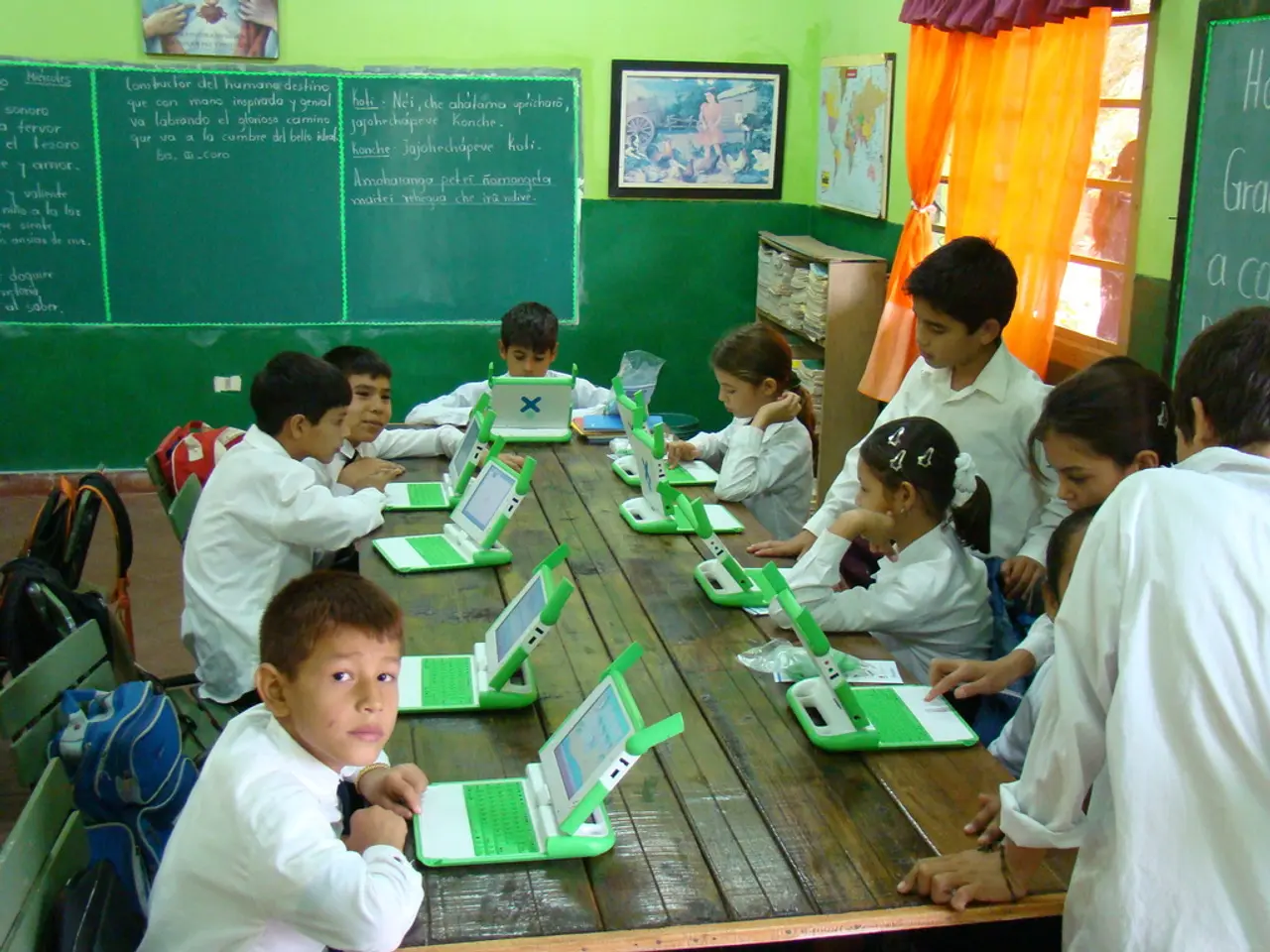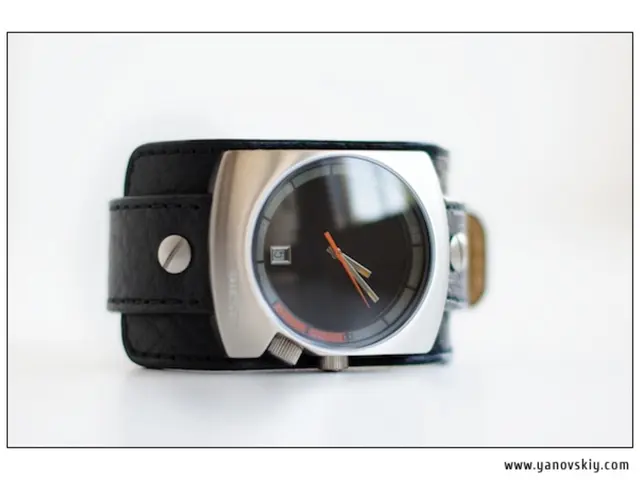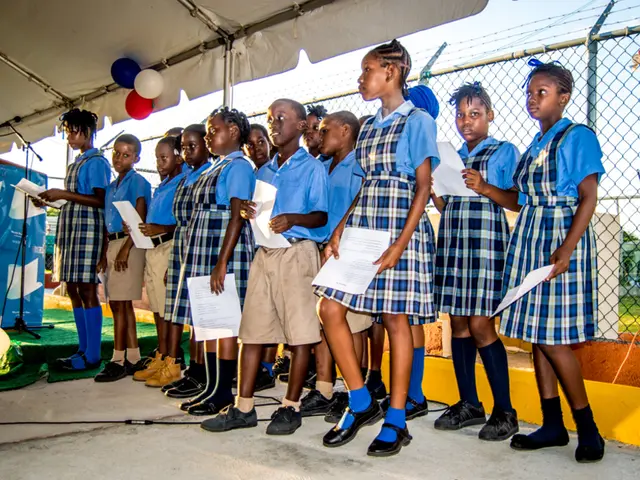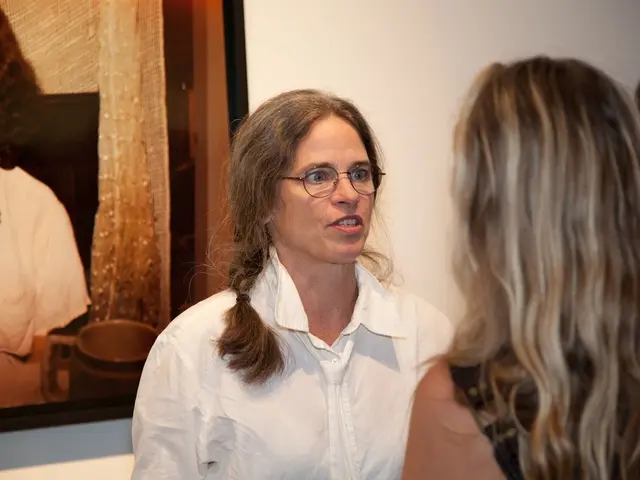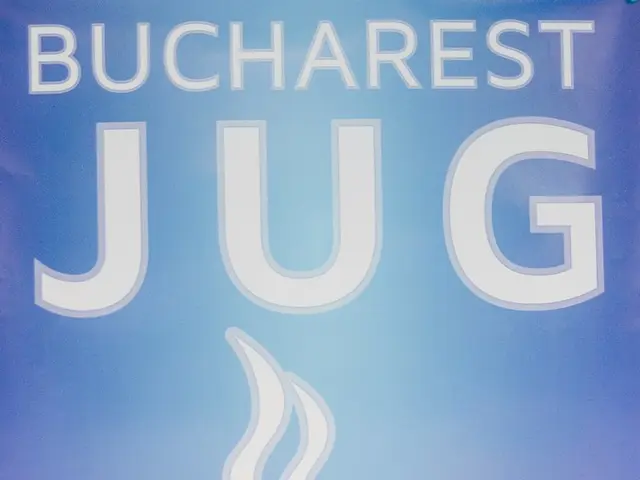Discussion at Digital Week Workshop: Separating Facts from Fiction
In a recent competition, a group of students, led by Namat Alsarkbi, Joudy Alsarakbi, Janika Reinhardt, Furkan Akillioglu, and Mohamad Khalil, emerged as the winners for their presentation on deepfakes. This topic has gained significant importance in the digital age, as the ability to create and detect manipulated digital media becomes increasingly crucial.
To combat deepfakes, a multi-layered approach combining advanced AI techniques and forensic analysis is essential. This approach involves several key methods and tools.
Facial and behavioral analysis, using deep neural networks, helps detect unnatural facial expressions, eye movements, or lip-sync mismatches that do not align with genuine human behavior. Tools like Tenorshare Deepface Detection and Sensity AI analyze these subtle inconsistencies to flag manipulated content.
Biometric pattern detection, such as Intel’s FakeCatcher, utilizes photoplethysmography (PPG) to monitor blood flow changes visible in video pixels. Since deepfake videos typically lack these physiological signals, this method provides a robust biometric indicator of authenticity.
Metadata and digital forensics play a crucial role in uncovering signs of tampering. Solutions like Attestiv use blockchain for secure verification of media authenticity, ensuring that content has not been altered after creation.
Deep learning models, such as Convolutional Neural Networks (CNNs) and Recurrent Neural Networks (RNNs), are also essential. CNN architectures like XceptionNet and MesoNet specialize in detecting subtle pixel-level anomalies and compression artifacts typical of deepfake media. RNNs, including Long Short-Term Memory (LSTM) variants, analyze temporal abnormalities across video frames, capturing inconsistencies that static analysis might miss.
Multimodal analysis, combining video, audio, and text analysis, provides a comprehensive detection framework, increasing the accuracy of deepfake identification.
Real-time and confidence scoring tools, like Microsoft’s Video Authenticator, provide real-time scores on whether a video or image is manipulated, assisting rapid verification in digital forensics and media.
In practical terms, it is recommended to use a combination of automated detection tools rather than relying on a single method. Paying attention to unnatural facial movements, inconsistent lighting, and irregular shadows or reflections can also help in identifying deepfakes. Scrutinizing audio for lip-sync errors or unnatural voice modulation is equally important. Verifying the source and metadata of media files whenever possible is also crucial.
As deepfake technologies continue to evolve, so too must detection methods. This requires ongoing research, machine learning improvements, and collaborative efforts between tech companies and policymakers.
The students' work also touched upon the ethical implications of deepfakes. For instance, they explored laws such as copyright, personality, and criminal law that are meant to protect against deepfakes. They warned against clicking on links sent in messages; instead, they advised going to the website directly.
The students differentiated between targeted disinformation intended to manipulate people and unintentional misinformation. They emphasized knowledge and caution as the best protection against cyber attacks.
The hackathon, titled "Hack the Vote: Cybersecurity & Election Secrecy," aimed to teach students about cyber attacks on elections and sensitive data, and how to protect against them. Phishing and social engineering as a means to illegally obtain money, sensitive data, and private information was discussed. The students specifically cautioned against messages without a personal greeting, with strange senders, unusual formatting, and incorrect spelling.
Mayor Felix Heinrichs attended the final presentation of the students' group work, stating that the purpose of the event was to help students gain the ability to navigate modern life. The event included six groups presenting their work from the workshop. The hackathon took place at the Gründungsfabrik in Rheydt.
An example of manipulative deception using deepfakes was provided in the 2024 US election campaign, where deepfakes were used against former US President Joe Biden. The question addressed during the event was when such deepfakes are allowed, such as in satire or art, and when they constitute a criminal attempt at manipulative deception.
In conclusion, detecting deepfakes involves applying a mix of AI-driven forensic techniques, biometric signals, metadata analysis, and human awareness to reliably differentiate authentic media from manipulated content in the digital environment.
- To effectively combat deepfakes, the combination of artificial intelligence and forensic analysis is necessary, leveraging technologies like facial and behavioral analysis, biometric pattern detection, metadata analysis, and the use of real-time scoring tools.
- The students' research emphasized the need for a comprehensive detection framework, using multimodal analysis (combining video, audio, and text) to increase the accuracy of deepfake identification.
- However, relying on automated detection tools is not enough; human awareness plays a crucial role in identifying deepfakes by paying attention to details like unnatural facial movements, inconsistent lighting, irregular shadows, lip-sync errors, and unusual messages, especially those without a personal greeting or from strange senders.
